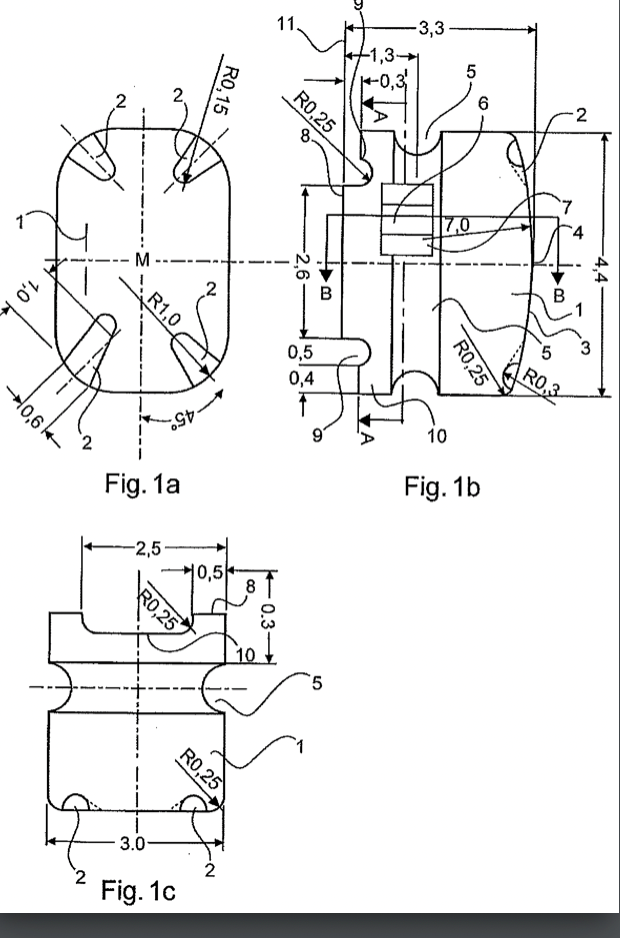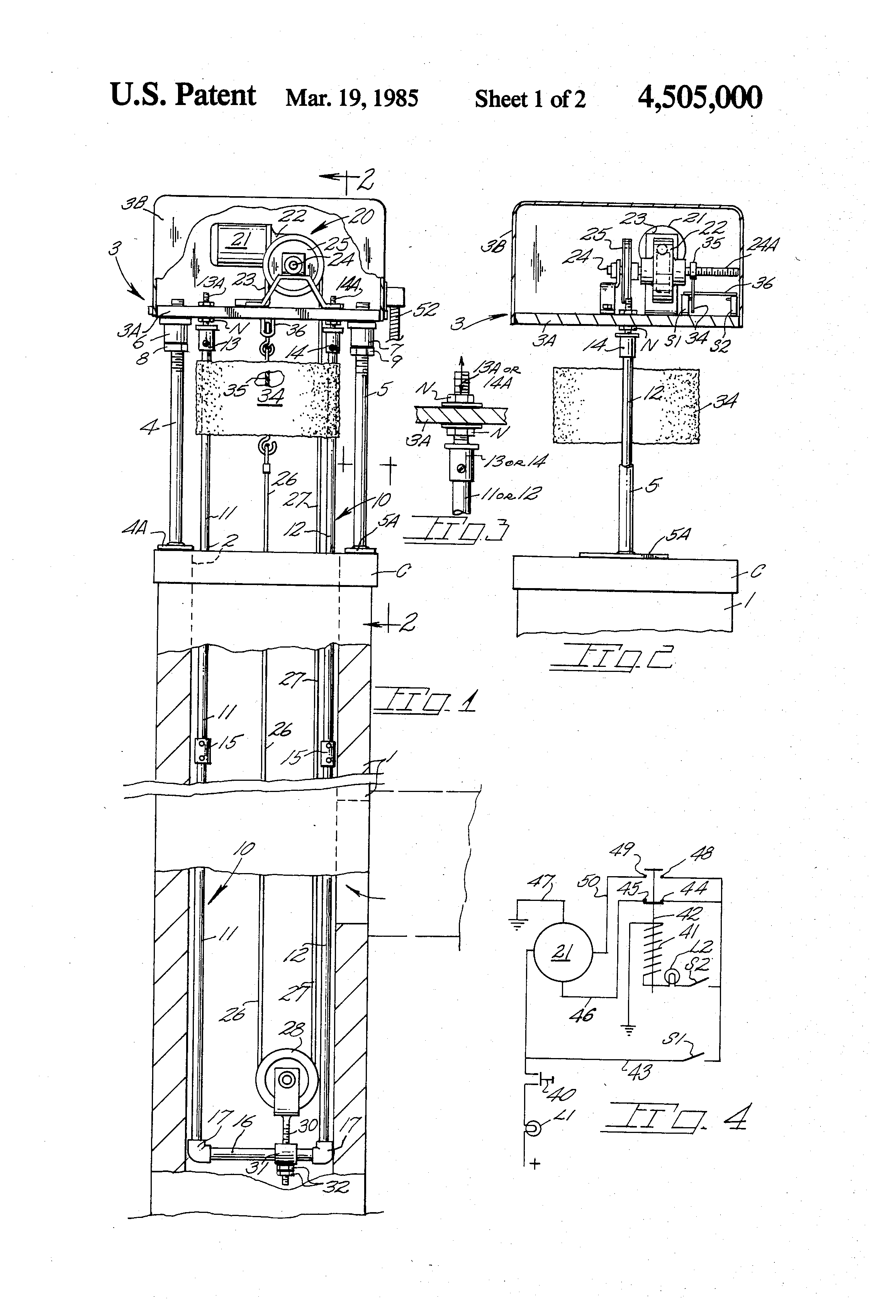TODAY’S PATENT – ANALYSIS OF TARGET MOLECULES USING AN ENCODING SYSTEM
The Analysis of target molecules using an encoding system was invented by Stephen P. A. FodorDennis W. SolasWilliam J. Dower on the 27th August, 2002, bearing patent number US6440667B1.
The present invention provides methods and apparatus for sequencing, fingerprinting and mapping biological macromolecules, typically biological polymers. The methods make use of a plurality of sequence specific recognition reagents which can also be used for classification of biological samples, and to characterize their sources.
The human genome project is directed toward determining the complete sequence of the genome of the human organism. Although such a sequence would not correspond to the sequence of any specific individual, it would provide significant information as to the general organization and specific sequences contained within segments from particular individuals. It would also provide mapping information which is very useful for further detailed studies. However, the need for highly rapid, accurate, and inexpensive sequencing technology is nowhere more apparent than in a demanding sequencing project such as this. To complete the sequencing of a human genome would require the determination of approximately 3×109, or 3 billion base pairs.




 +1 888 890 6411
+1 888 890 6411